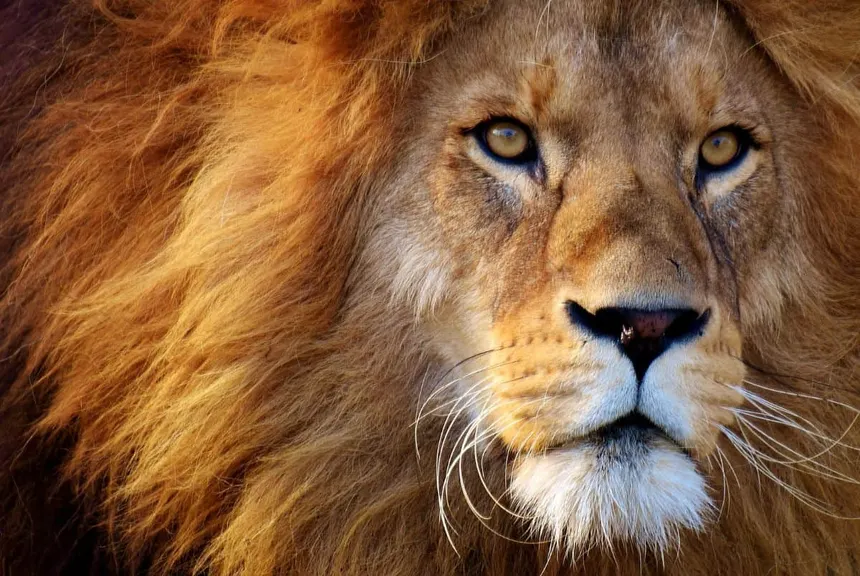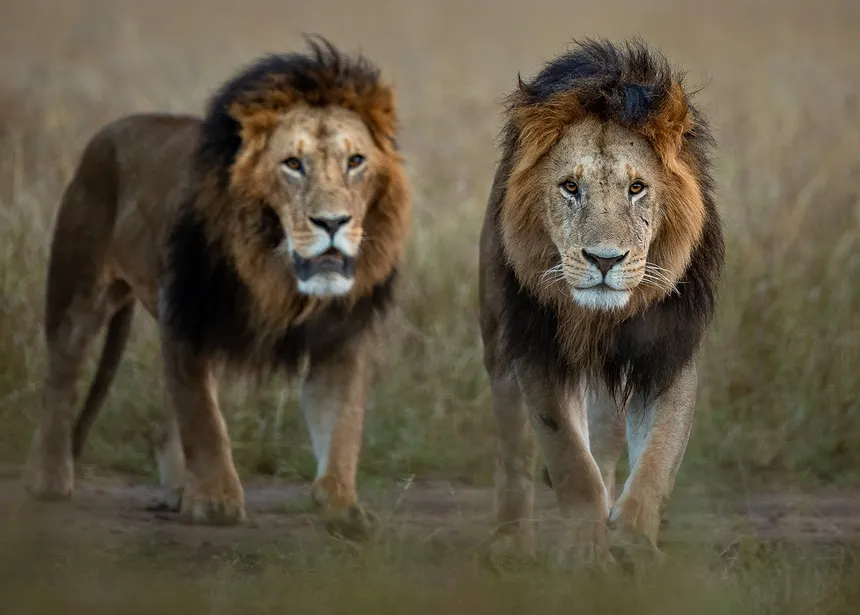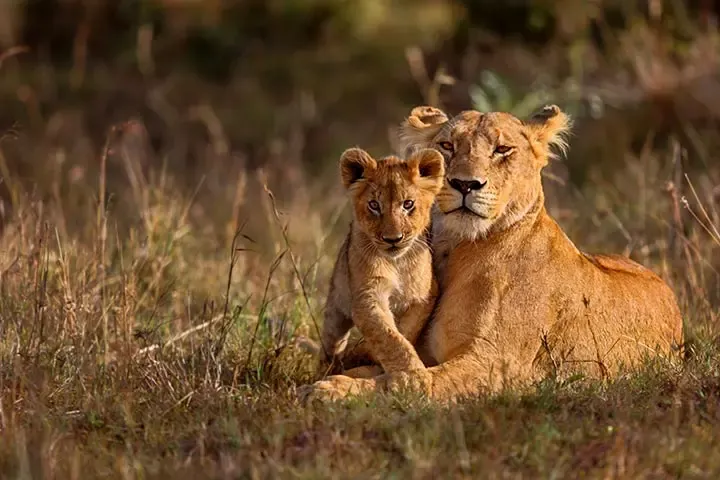7 Fascinating Facts About Lions

Lions (Panthera leo) are among the most recognizable and revered animals on Earth. Known as the “King of the Jungle” — even though they mostly live in grasslands and savannas — lions are powerful big cats with complex social lives, incredible hunting strategies, and a long-standing cultural significance. Here are 7 fascinating facts that delve deep into what makes these majestic predators so extraordinary.
🦁 1. Lions Are the Only Truly Social Big Cats
Unlike tigers, leopards, and jaguars — which are mostly solitary — lions live in social groups called prides. A pride typically consists of:
- 1–3 adult males
- Up to a dozen or more related females
- Their cubs
These groups cooperate in hunting, cub-rearing, and territory defense. This social structure is rare among large carnivores and plays a key role in their survival.
🌍 2. Lions Once Roamed Much of the World
Today, wild lions are mostly found in sub-Saharan Africa with a small, isolated population in India’s Gir Forest (Asiatic lions). But historically, lions roamed across:
- Europe
- The Middle East
- Asia
- North Africa
Cave paintings, ancient carvings, and writings from across Eurasia prove that lions once had a much broader distribution.

🐾 3. Males and Females Have Very Different Roles
In the lion world:
- Lionesses do most of the hunting, using teamwork to stalk and ambush prey.
- Males protect the pride from rival males and other threats, often engaging in violent territorial battles.
Interestingly, though males rarely hunt, they eat first at kills and will fight lionesses and cubs for food.
🧬 4. Lions Can Weigh Over 500 Pounds
Adult male lions can weigh up to 250 kg (550 lbs), while females weigh around 130–180 kg (290–400 lbs). Their muscular build, powerful jaws, and massive paws make them formidable predators capable of taking down animals much larger than themselves, such as buffalo or even giraffes.
📢 5. Their Roar Can Be Heard 8 Kilometers Away
A lion’s roar is one of the loudest in the animal kingdom. It can:
- Reach up to 114 decibels
- Be heard from 5 to 8 kilometers (3–5 miles) away
Lions use roaring to communicate territory boundaries, locate pride members, and warn off intruders. Males often roar in unison with females for greater impact.
👑 6. Lions Face a Tough Fight for Dominance
Male lions must fight to take over a pride, often battling resident males in brutal contests. Once dominant, they may kill the cubs sired by the previous male to bring the females back into heat — a strategy to pass on their own genes.
However, a male’s reign rarely lasts more than 2–4 years, as new challengers are always on the horizon.
⚠️ 7. Lions Are Vulnerable in the Wild
Despite their strength and status, lions are classified as Vulnerable on the IUCN Red List. Threats include:
- Habitat loss
- Human-wildlife conflict
- Poaching
- Declining prey populations
In the past century, lion populations have declined by over 90%. Today, only around 20,000 wild lions remain globally. Conservation efforts focus on protected reserves, anti-poaching programs, and community involvement.

📝 Final Thoughts
Lions are more than just powerful carnivores; they are symbols of strength, loyalty, and survival. Their social complexity, roaring majesty, and place in global mythology continue to inspire awe. Understanding these 7 key facts not only deepens our appreciation for lions but also highlights the urgent need to protect them.



